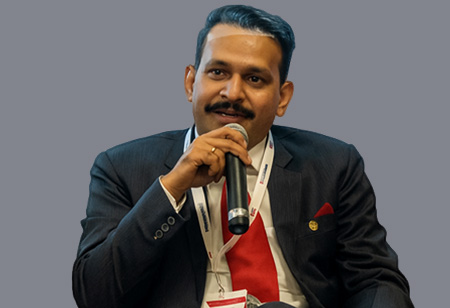
During a strategic defense briefing, Lakshya Chauhan, Project Head of Drone Manufacturing at the Indian Army, reflects on India’s defense and aerospace advancements through the lens of innovation, self-reliance, and operational excellence.
From a defense manufacturing perspective, he emphasizes that fostering empowered teams, cross-institutional collaboration, and indigenous UAV technology will be critical to strengthening India’s strategic capabilities and shaping the nation’s technological future. The following are key excerpts from the conversation.
What are the most significant trends currently shaping the drone industry?
The Indian Army is focused on indigenization, at least at the component level. Certain rare earth materials, such as magnets and some sensors, are still not produced in India. However, for most other components, the capabilities already exist and work is progressing across different domains.
For example, ADAS systems are being developed domestically. But sensors, stacks, and navigation technologies are not being shared with the drone industry. Industries in automobiles and EVs are being encouraged to expand their focus toward drones as well.
Also, electric vehicles have been developed, but large-scale production of electric batteries remains a challenge. This is why the primary emphasis is on indigenisation.
What are the most promising developments in drone autonomy and AI integration?
The priority is AI-enabled drones. The first requirement is encryption — specifically, AI-enabled encryption. The second is that drones should be capable of detecting attempts at hacking or jamming. Third, once such a threat is detected, the drone should be able to switch off its receivers to avoid interference. Finally, even under those conditions, the drone should still be able to complete its mission.
These are the core expectations from artificial intelligence as it integrates with drones.
"AI integration in drones is not just desirable; it is inevitable," says Lakshya Chauhan, Project Head of Drone Manufacturing, Indian Army.
What are the most innovative and impactful applications of drones across different industries?
In defence, drones are naturally a priority. Outside defence, significant opportunities exist in agriculture, mining, and surveying.
In agriculture, drones are currently used mainly for spraying pesticides. However, the real need is crop inspection first; identifying exactly where pesticide application is required.
A drone capable of surveying crops, detecting infestations, and spraying only on affected areas would reduce pesticide use, protect crop health, and save effort. This is where AI integration becomes essential.
In mining and surveying, large amounts of data are being generated. The challenge is that this data often exists in silos, without proper integration or intelligence. Some platforms are emerging to consolidate data from surveillance, mining, and survey drones.
With AI layered over such platforms, raw data can be transformed into actionable intelligence. That is the future direction for survey drones. AI integration in drones is not just desirable; it is inevitable.
Also Read: How India's Drone PLI Scheme Is Fueling a New Aerospace Manufacturing Ecosystem
What will the drone industry look like in 10 to 20 years from now?
Passenger drones will become a reality. Air taxis will transport people from Bangalore airport directly to central city points such as Cubbon Park, bypassing traffic congestion. This is expected within the next decade.
Air traffic control systems for drones will also be operational, ensuring safer skies, fewer accidents, and more reliable operations.
What is your vision for drones in defence?
My vision in defence is totally different. I don’t want my jawans to fly a drone.
They should simply be able to press a button, and the drone should go out and complete the mission on its own. Soldiers are trained to use weapons. If they put those aside to handle a remote controller, it reduces combat readiness. The Army is meant to fight. Let them fight. Drones should be designed to support them with complete autonomy, activated with just a mouse click. That is my vision.
We use cookies to ensure you get the best experience on our website. Read more...